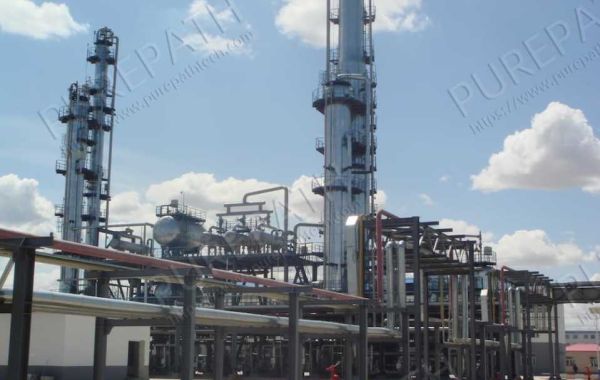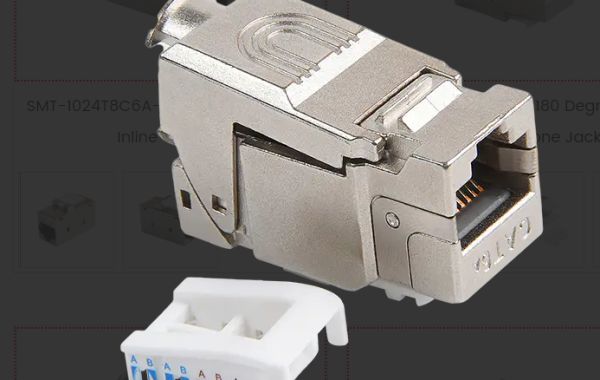Challenges in Processing Heavy Feedstocks
Heavy feedstocks contain higher levels of sulfur, nitrogen, metals (like nickel and vanadium), and asphaltenes, which can lead to:
Catalyst deactivation due to metal poisoning and coke formation
Higher hydrogen consumption for desulfurization and saturation
Increased reactor pressure drop from fouling
Equipment corrosion from aggressive sulfur and acid compounds
Key Revamp Strategies
- Catalyst Upgrades
Modern catalysts with higher metal tolerance, improved pore structures, and enhanced activity can extend run lengths. Layered catalyst systems with guard beds help trap contaminants before they reach the main catalyst.
- Reactor Modifications
Increased Reactor Volume: Adding reactor internals or new reactors improves residence time for deeper desulfurization.
Quench System Optimization: Better temperature control prevents hot spots and coking.
Ebullated Bed or Slurry Phase Reactors: For extreme heavy feeds, switching to advanced reactor designs improves conversion.
- Hydrogen Management
Heavy feed processing demands more hydrogen. Upgrading hydrogen plants, adding recycle gas treaters, or integrating with hydrocrackers can ensure sufficient supply.
- Feed Pre-Treatment
Installing guard reactors or pre-filtration units removes metals and particulates, protecting downstream catalysts.
- Heat Exchanger Pump Upgrades
Heavy feeds require higher temperatures and pressures. Upgrading heat exchangers, pumps, and piping ensures reliability under harsh conditions.
- Digital Optimization
Advanced process control (APC) and real-time monitoring help optimize performance, predict fouling, and reduce downtime.
Economic Benefits
Revamping an old hydrotreater is often 30-50% cheaper than building a new unit. It also allows refiners to:
Meet stricter environmental regulations (e.g., IMO 2020, Tier III fuels)
Process cheaper, heavier crudes for better margins
Extend asset life with minimal downtime
Conclusion
With the right modifications, aging hydrotreating units can efficiently process heavy feedstocks, keeping refineries competitive in a challenging market. Strategic revamps—focusing on catalysts, reactor design, hydrogen supply, and digital tools—deliver cost-effective solutions for modern refining needs.








